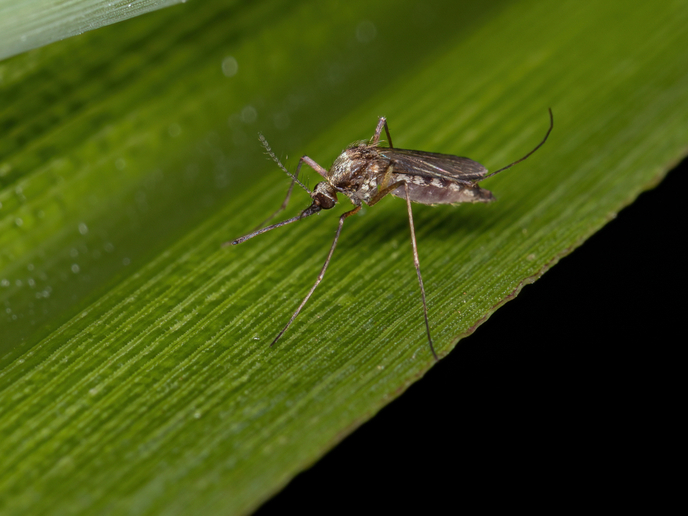Genes jump to the rescue in disease therapy
Efficient, accurate introduction of new genes is essential to the success of genetic engineering. TEs are a very promising gene delivery tool as their main claim to fame is moving around the genome. Currently, the virus is the vehicle of choice but very few clinical trials are underway, which reflects the need for research into new avenues for gene carriers. Ability as a gene carrier depends on a large number of variables and one that stands out is the length of the transposon or cut-and-paste TE. The project 'The development of vectors for genetic manipulation and gene discovery in mammalian systems' (TRANSGEN) investigated why shorter transposons are more efficient at delivering their precious cargo. The TRANSGEN researchers developed transposons of different lengths. Test tube experiments recorded the molecular interactions of transposase, the enzyme that catalyses the reaction, with the DNA. In vivo tests on the other hand tested all other interactions involving the other cell components when the gene is integrated. Project results have been translated into improved tools for gene transfer and further information is pending the publication of peer-reviewed journals on the advances made. The ultimate goal of research into targeted gene delivery is the development of a toolkit containing a range of vectors that can be used for different therapeutic purposes. Inherited diseases due to a fault in a single gene, such as cystic fibrosis and Duchenne muscular dystrophy, are ideal candidates for gene therapy. On the horizon as the medical revolution unfolds, polygenic conditions, cancer, diabetes and cardiovascular disease may well be treatable using tailored transposons.







